It’s October, and spooky season is upon us. That means it’s time for pumpkin carving, costume parties, and trick-or-treating with the kids. It also means it’s time to break out our favorite Halloween movies.
There is no shortage of movies to choose from, either. Every year, beloved titles like Halloween, Nightmare on Elm Street, and Scream rightly make the rounds.
But if you want something different this year, you can go back a little further. Scary movies have been around since the silent era. Many of them still bring the thrills and chills you need for a perfect Halloween movie night. With so many options, it’s hard to know where to start. To help folks out, we’ve picked out some of our favorites.
Here, in no particular order, are 15 great classic movies perfect for Halloween.
1. The Bride of Frankenstein (1935)
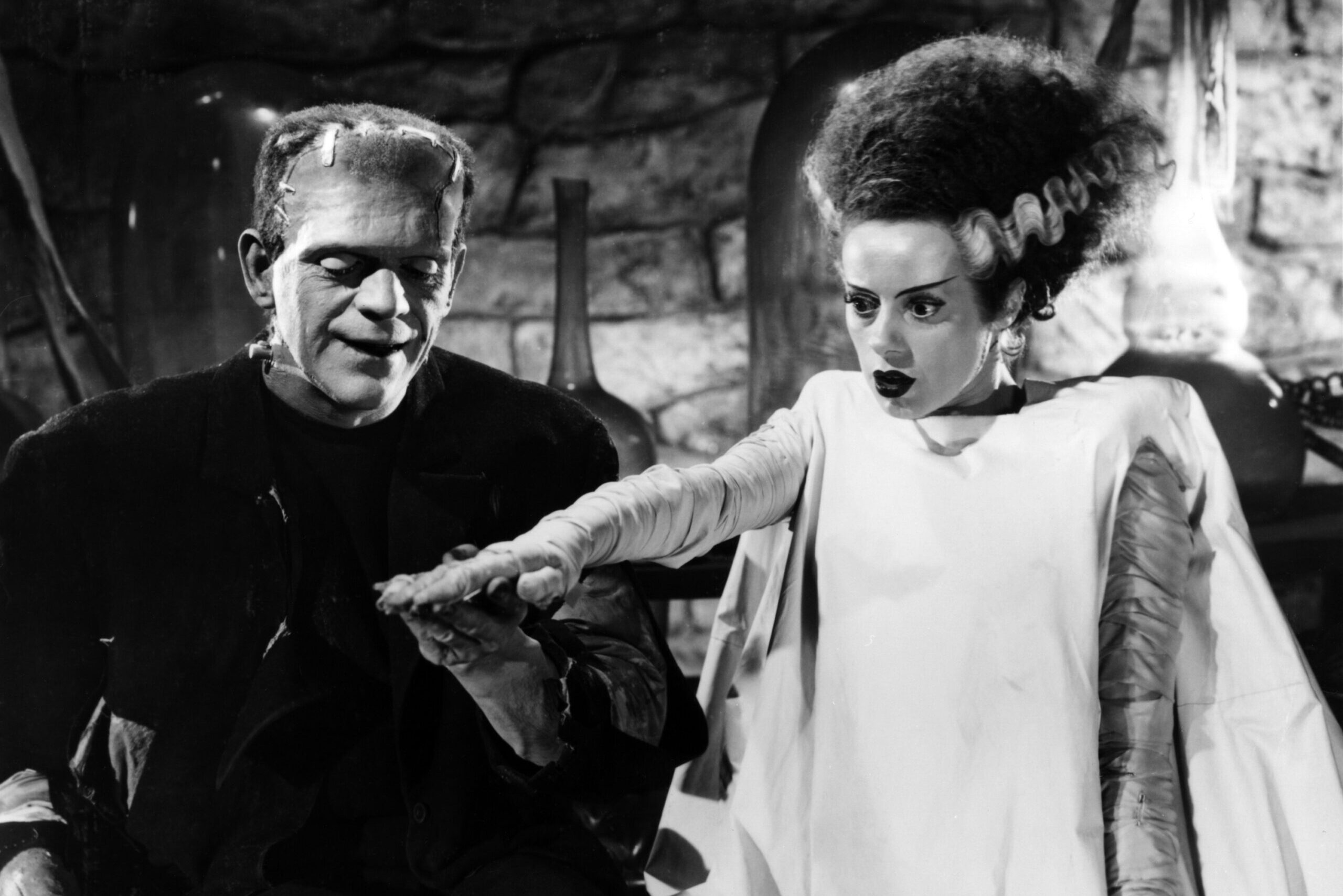
You can’t have a list of classic Halloween films without including at least one from the Universal Monster Universe. These films shaped how we think of some of history’s most famous literary monsters. Any number of which deserves a spot on this list. For the sake of brevity, we chose one film to represent the franchise.
The Bride of Frankenstein is the sequel to the 1931 adaptation of Frankenstein. It again stars Boris Karloff as the monster. After unexpectedly surviving the events of the original, Victor Frankenstein’s creation, along with one of Victor’s former mentors, forces Victor to create a mate for him.
Arguably, the original Frankenstein movie is a better overall film. The titular monster of the Bride of Frankenstein doesn’t even show up until the end of the film.
Still, few introductions are more electric than Elsa Lancaster (who based her performance on swans) emerging as the Bride. In her short time on screen, The Bride became one of the most loved movie monsters ever. She remains an enduring and almost universally known pop culture image nearly a century later.
2. Nosferatu (1922)
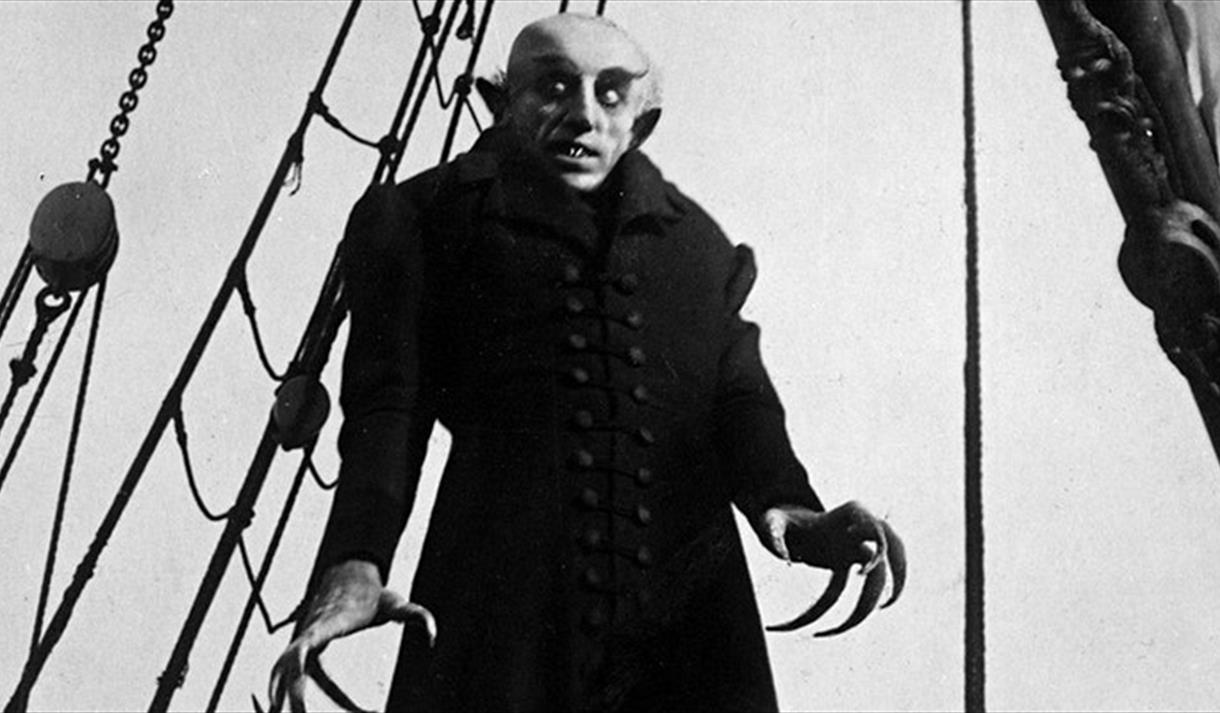
Nosferatu is the oldest film on this list. It is also one of the most iconic. Even if you haven’t seen the movie, you likely still recognize the image of the vampire’s shadow skulking up the stairs.
The film is an example of German Expressionism and is directed by one of its masters, F. W. Murnau.
German Expressionism is a film movement from the 1920s. It is characterized by a focus on internal conflict and emotion translated into abstract visuals. It rejects realism. Instead, it relies on hype-stylization to bring viewers into the emotional state of its characters and creators.
For Nosferatu, the result is an unsettling gothic tone that amps up feelings of anxiety. It is a surreal viewing experience scarier than many vampire movies that came after it.
If German Expressionism is something you’d like to explore further, other great titles to check out for Halloween are The Cabinet of Dr. Caligari (1920), The Golem, How He Came into the World (1920), and The Hands of Orlac (1924).
3. THEM! (1954)
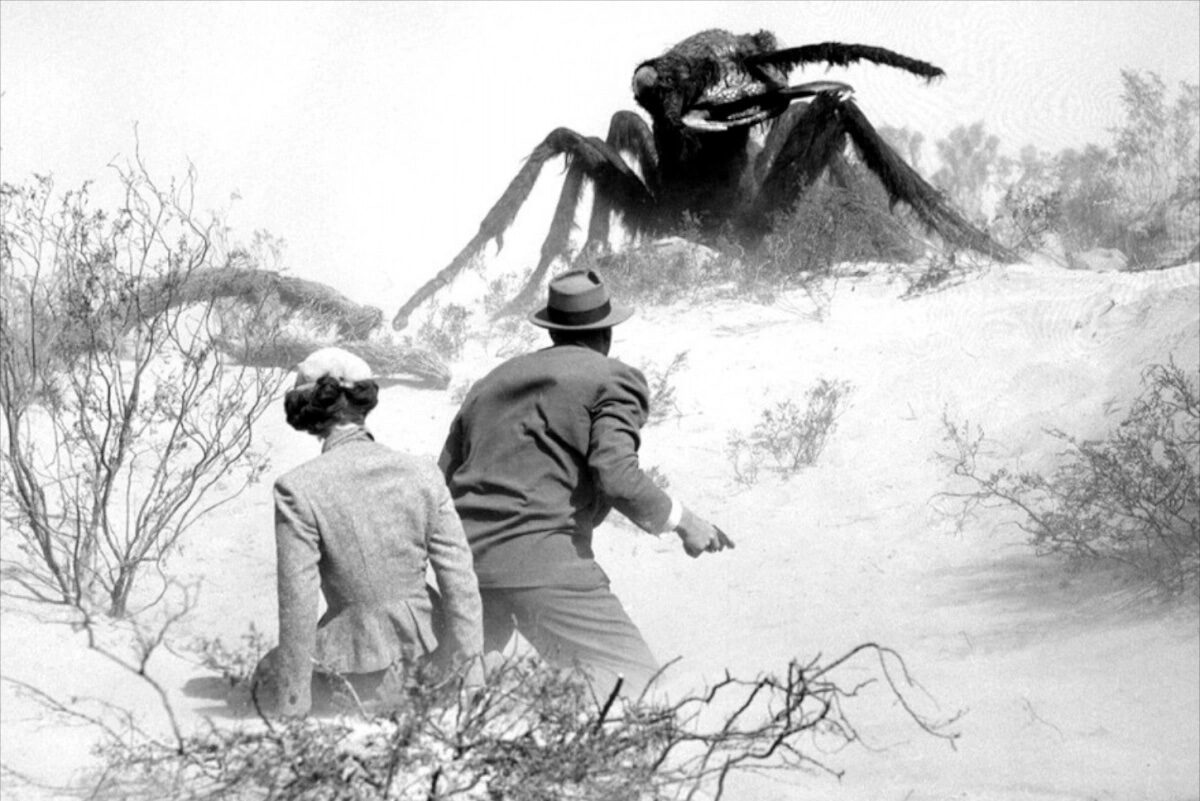
Post-WWII apprehension about a newly atomic world resulted in a slew of B creature features. One of the best of these films is THEM!.
The film’s plot starts with Sergeant Ben Peterson’s investigation into a string of unexplained deaths in New Mexico. The investigation leads to the discovery of a nest of giant irradiated ants.
The ant’s existence soon spirals from a local emergency to a national crisis. Peterson and FBI agent Robert Graham partner with the military to stop the creatures from wreaking havoc.
The film is admittedly not as creepy as some other films on this list. It leans more toward sci-fi than horror. Still, it packs plenty of suspense and menace to make it a fun Halloween watch.
4. Invasion of the Body Snatchers (1956)
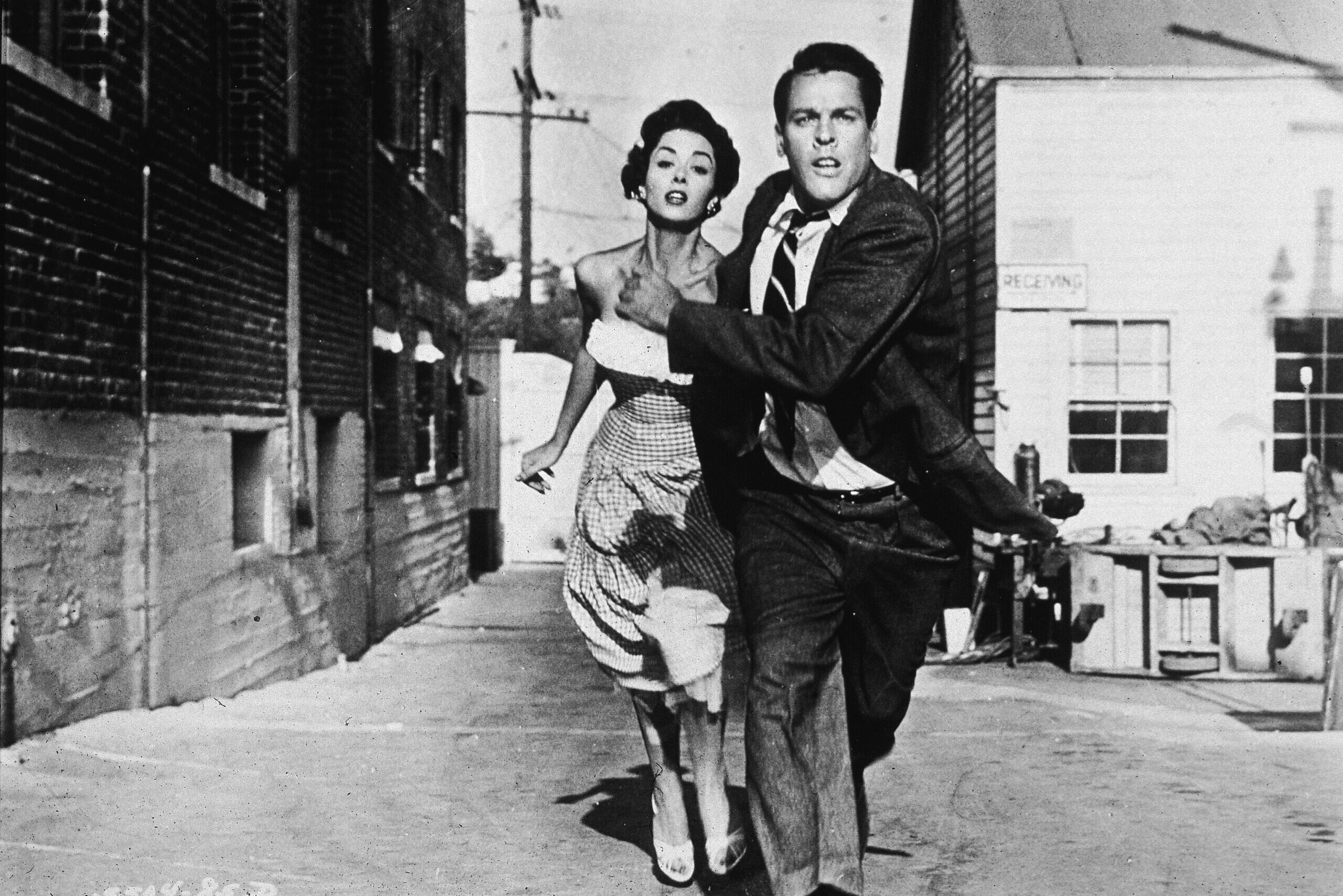
Invasion of the Body Snatchers is unquestionably one of the most influential sci-fi movies to hit theater screens. Decades after its release, it is still one of the best.
Born out of cold-war paranoia of the 1950s, the film evokes a palpable dread and foreboding that makes it stand out from other sci-fi films of the time.
Set in the small California town of Santa Mira, the film follows Dr. Miles Bennell, played by Kevin McCarthy in his most iconic role. First, through accounts from his patients and then through observations of his friends and family, Bennell starts to notice people in his town behaving oddly.
Convinced something is going on, Bennell and his girlfriend soon discover things are far more sinister than they could have imagined. Alien creatures have invaded their town and are slowly replacing everyone with emotionless doppelgangers, and it is up to them to warn the world.
There have been a few attempts to remake Invasion of the Body Snatchers with varying success. But even the best remake can’t match the mood of encroaching doom from the original.
5. The Tingler (1959)
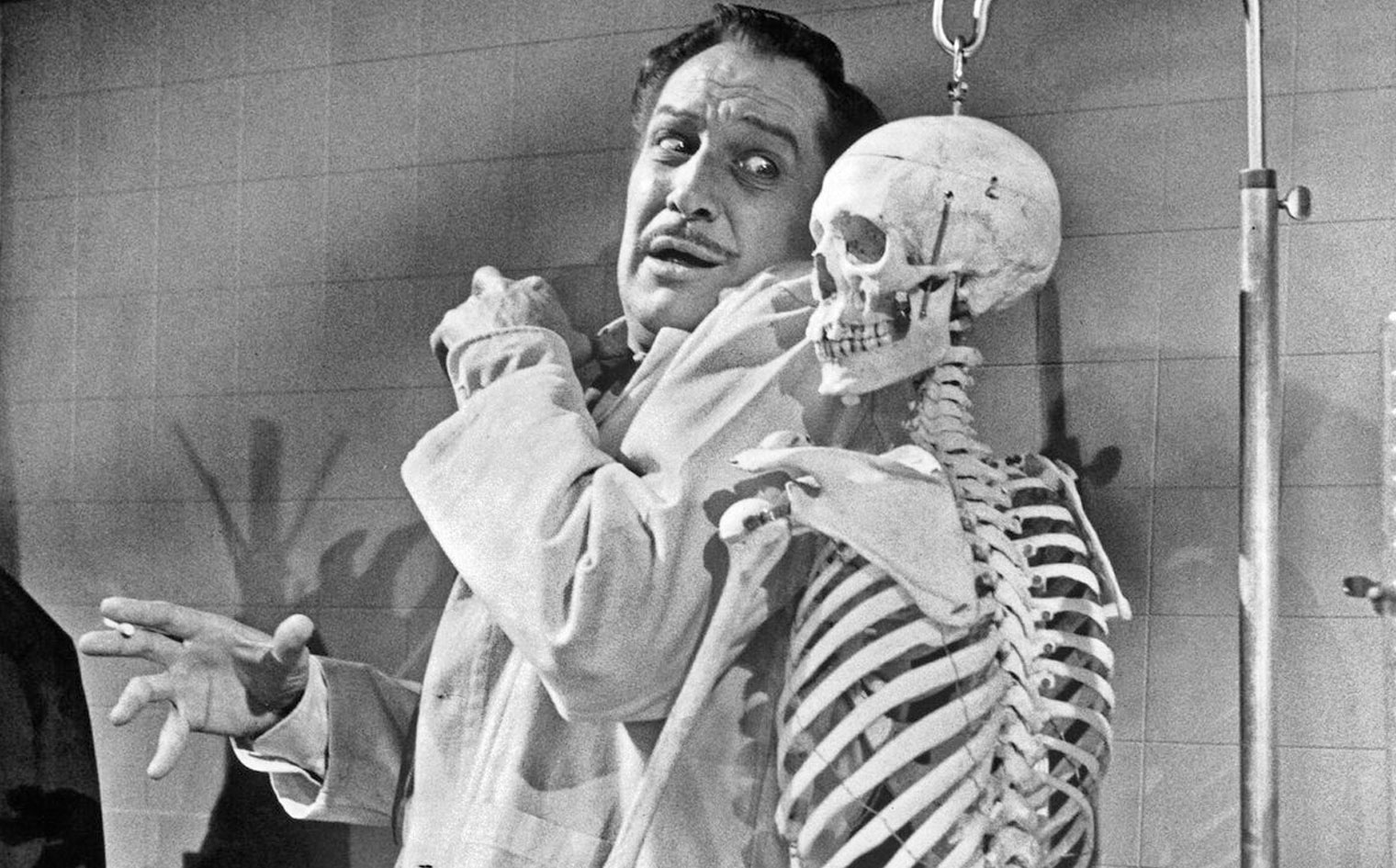
Known as the gimmick king, William Castle’s filmography is a treasure trove of B horror movies that influenced both Alfred Hitchcock and John Waters. As with the Universal Horror collection, you could make a whole list of Halloween movies just for his films.
Some of his movies offer legitimate fright, while the appeal of others is in their sheer ridiculousness. The Tingler definitely falls into the latter category.
The film stars Vincent Price as a scientist who discovers that the tingly sensation people get when they are scared is actually a parasite that attaches to their spine. Even worse, it could be deadly if the parasite’s victim can’t scream and release it.
Part of the fun of William Castle’s movies was the gimmicks that accompanied them when they were released. The Tingler’s gimmick was one of the best. Castle installed buzzers in select theater seats to create an interactive experience during a fun scene that breaks the fourth wall.
While you can’t get the same experience audiences got in the theaters watching at home, the interactive scene is still pretty darn delightful.
The Tingler might not be the scariest of Halloween movies, but it is absolutely one of the most fun.
For those that want to check out more William Castle movies, House on Haunted Hill (1959), Straight-Jacket (1964), and 13 Ghosts (1960) are some great follow-ups.
6. The Uninvited (1944)
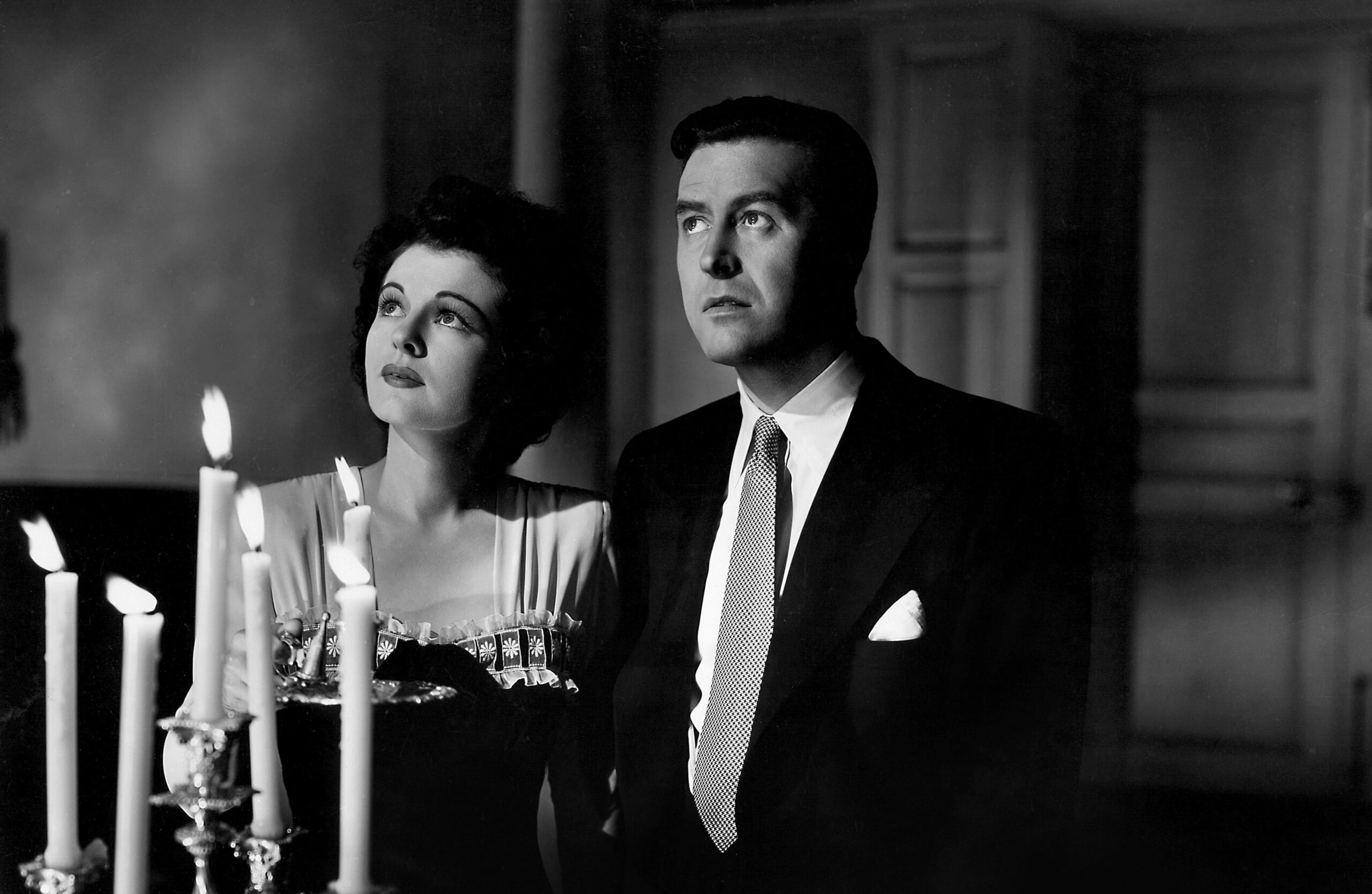
Siblings Rick and Pamela purchase a house while on vacation in Cornwall. However, a series of bizarre and unsettling events reveal the house’s tragic history. The pair soon realize that their beautiful new seaside home is haunted.
The Uninvited is genuinely creepy at times but has a lighter tone than some of the other movies on this list. Like many of the ghost stories of the time, The Uninvited has a good share of comedy.
What makes The Uninvited different from other ghost stories of the time is that it takes its supernatural story seriously. It expertly blends comedy with genuine chills. That, along with the beautiful cinematography from Charles Lange, gives it a wonderfully eerie atmospheric mood.
The film is an excellent choice for folks who want something that is not too stressful but is still spooky enough to offer some supernatural excitement.
7. The Night of The Living Dead (1968)
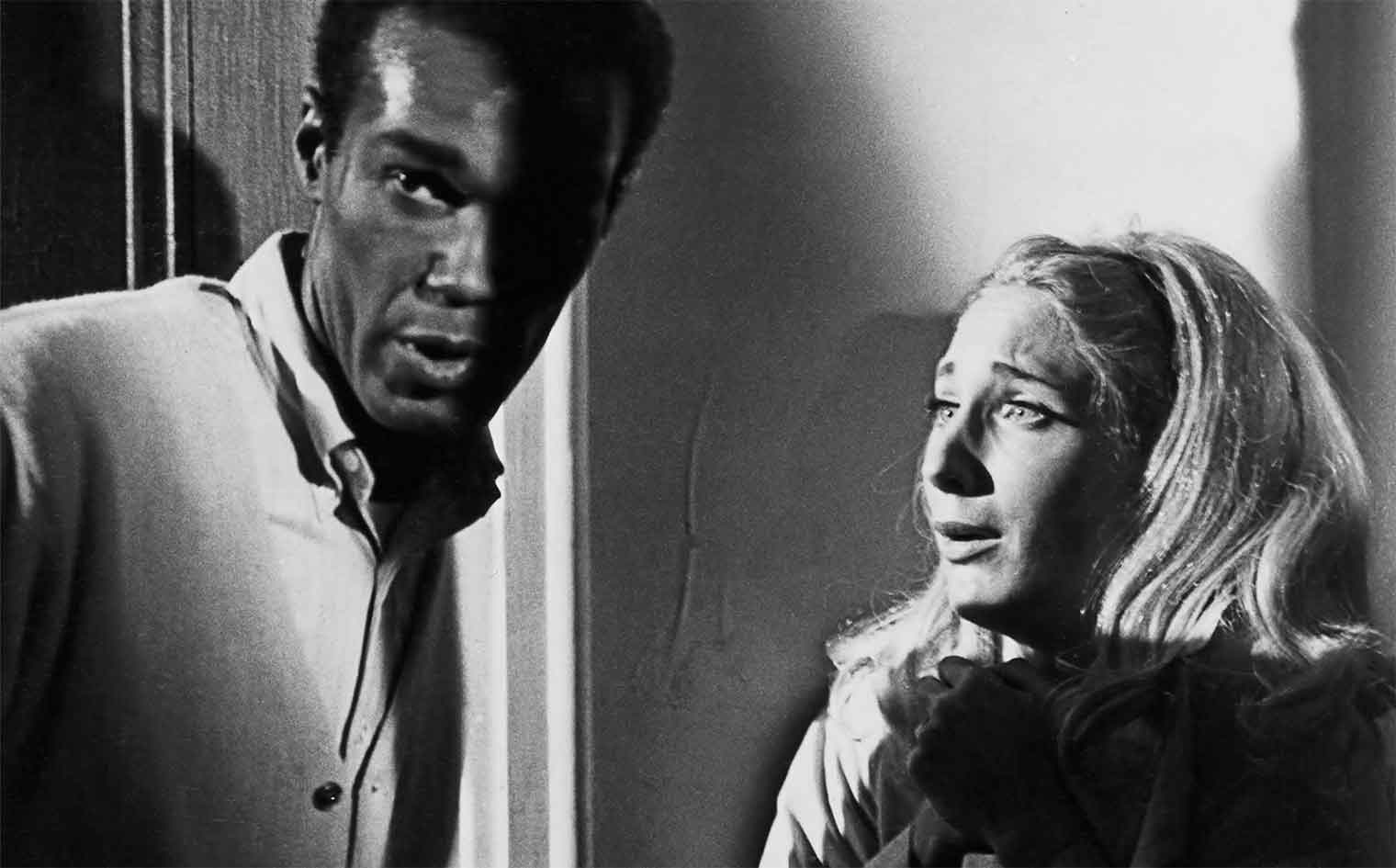
Night of the Living Dead revolutionized the horror genre. It redefined our popular understanding of zombies, from a part of Haitian folklore to the flesh-eating monsters we know today.
The film is a part of the DNA of almost every zombie movie, show, and video game that came after. Not too shabby for a low-budget independent film directed by a still unknown, George A. Romero. Beyond its historic legacy, though, Night of The Living Dead stands the test of time.
Its unpolished realism only adds to the urgency of terror that saturates the film. Meanwhile, in the best horror tradition, the plot also integrates political themes that still resonate today.
More than 50 years later, Night of the Living Dead remains the gruesome gut punch it was in 1968.
8. The Haunting (1963)
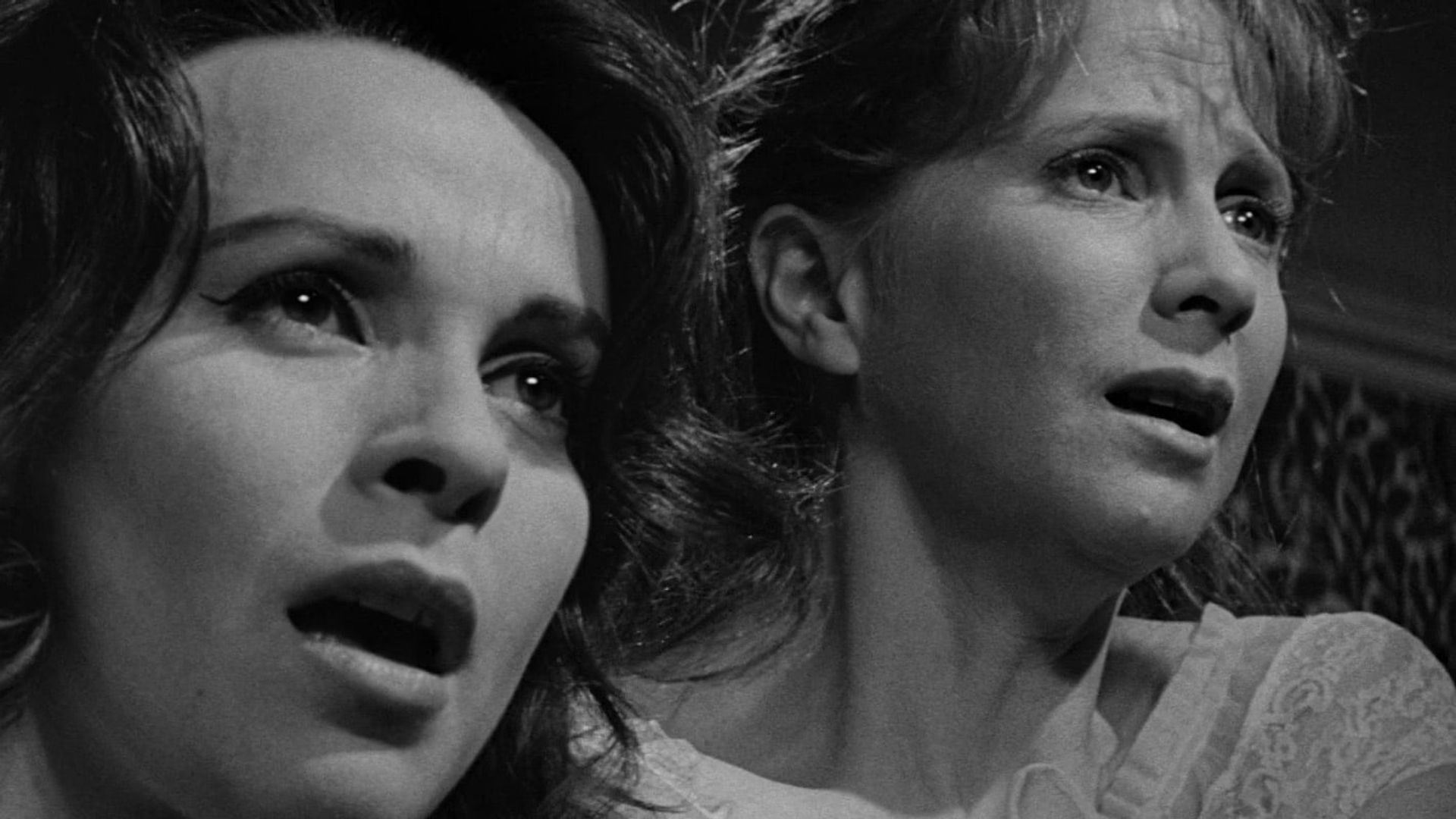
The Haunting is the second film on our list about a haunted house. This one, directed and produced by Robert Wise, is as much a tense character study as it is an atmospheric ghost story.
To prove whether or not a notorious house with a tragic past is haunted, Dr. John Markway assembles a group of people with different relationships to the supernatural to spend time in the house.
The group soon encounters unusual noises and events that unsettle everyone, pushing one group member, the eccentric Elenor, to her emotional and mental limits.
This film is celebrated for stylish and disorienting visuals that heighten the psychological tension and wonderful performances from Julie Harris and Claire Bloom.
The Haunting is also recognized for having bold queer themes for the period in which it was made. While these themes have some problematic aspects, it is noted as a significant step forward in queer representation.
9. Cat People (1942)
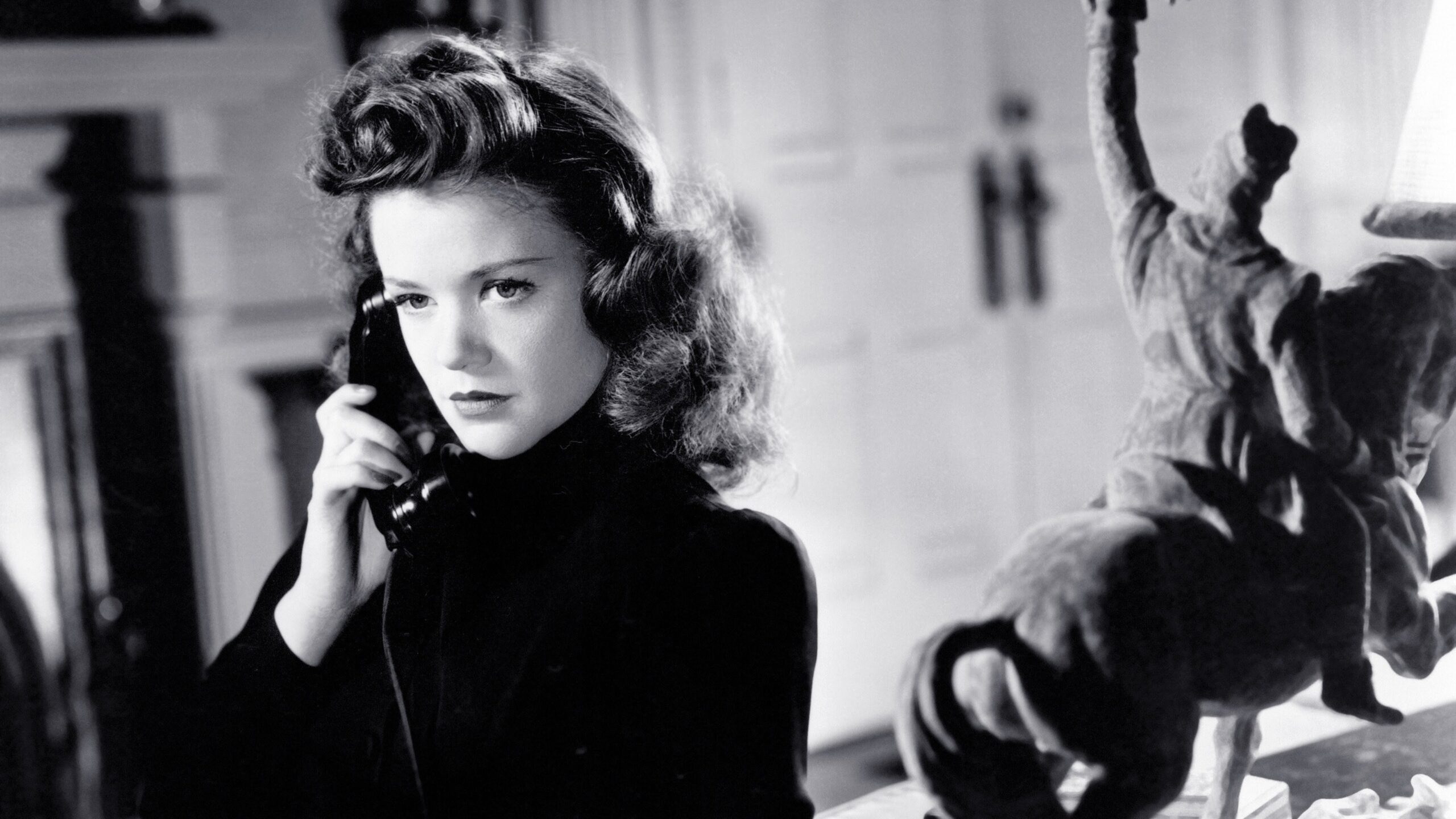
Cat People is the first in a series of low-budget horror films from producer and horror legend Val Lewton. It is also one of his most well-regarded.
Directed by Jacques Tourneau, Cat People is an exercise in a less is more cinematic approach. Using shadows and the unseen, Tourneau relies on the viewers’ imagination to create the sinister mood of the film.
In the film, Oliver Reed meets, falls in love with, and marries a woman from Serbia named Irena. However, what starts as a happy love story soon turns dark when Irena reveals that she believes she is cursed. She believes strong emotions will trigger her curse, turning her into a deadly big cat.
Things come to a head when Oliver tells his assistant, who has romantic feelings for him, about the situation. In doing so, he inadvertently triggers Irena’s curse, leading to a harrowing culmination of events.
With expert craftsmanship and an understated but effective visual style, the film is a moody drama that relies as much on what you don’t see as what you do to make the hairs on the back of your neck stand up.
10. The Seventh Victim (1943)
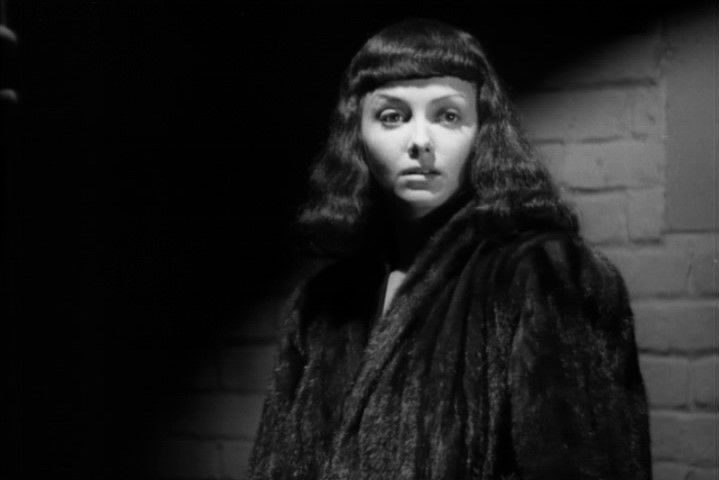
The Seventh Victim is another entry on this list from producer Val Lewton. It’s not as well known as his other films, but it is easily one of his most provocative.
The film follows a young woman named Mary looking into her sister’s disappearance. Through her investigation, Mary discovers her sister has been involved with a group of sinister people and uncovers a secret organization with deadly plans.
Initially a box office failure, the film has since grown in both critics’ and viewers’ esteem to become a noir cult classic. It is notable for exploring cults and the occult, its nihilistic themes, and queer undercurrents.
Critics have praised it for its originality and brooding gothic style. Speaking of the film, film historian Carlos Clarens described it, saying, “Rarely has a film succeeded so well in capturing the nocturnal menace of a large city, the terror underneath the every day, [and] the suggestion of hidden evil.” He then went to call it “hauntingly oppressive.”
11. Les Diaboliques (1955)
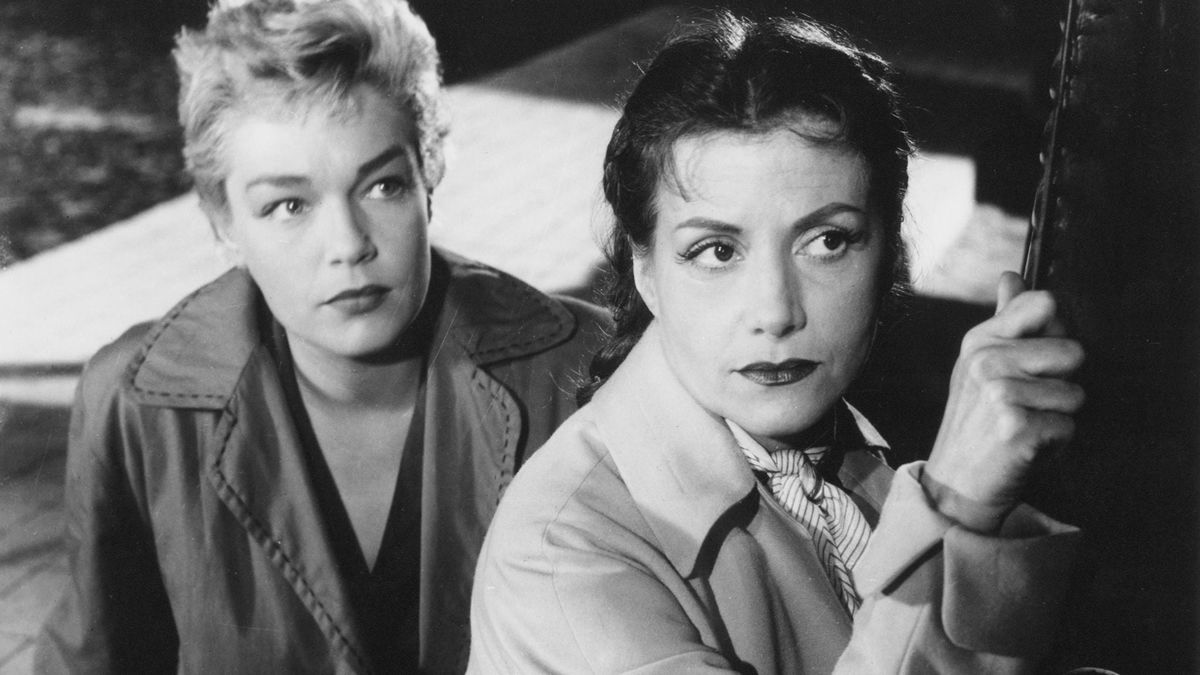
This classic French thriller takes place in a boarding school where Christina, the abused wife of the headmaster, and his mistress, Nicole, plot to kill him after being pushed to their limits by his cruelty.
Their plot appears successful, and the women believe they made the murder look like an accident. Soon, however, an inspector starts poking around, threatening to expose them. Making matters worse, visions of the dead man begin to appear on campus.
The panic and paranoia tearing at the pair continue to intensify, taking a particularly hard toll on Christina, who has a heart condition.
Plenty of twists and turns keep viewers riveted all the way to the film’s shocking end. Les Diaboliques has been compared favorably to the work of Alfred Hitchcock. It is even believed to have influenced his movie Psycho.
12. Carnival of Souls (1962)
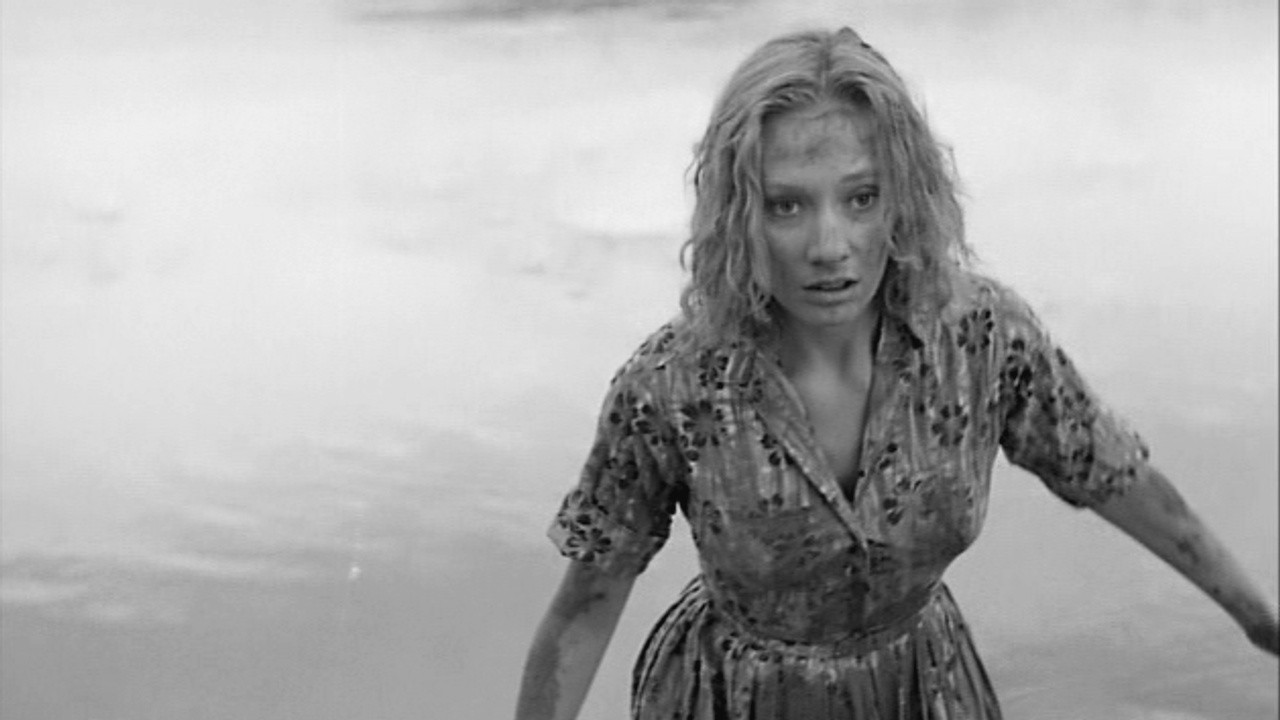
After being the sole survivor of an accident that killed two of her friends, Mary Henry tries to move on by working as a church organist. Her fresh start is short-lived, though.
Soon, Mary finds herself plagued by an ominous ghostly figure. As his appearances grow more frequent, Mary is drawn to a deserted but captivating carnival that forces her to confront the truth about her tragic past.
Carnival of Souls is another film that didn’t make much of a mark upon its release but has received increasing recognition in later years. Critics today praise the film’s dream-like and almost arthouse style, which has echoes of German Expressionism.
One critic, Joe Brown, wrote for the Washington Post that ” [Director Herk] Harvey’s camerawork gives a new twist to the word ‘deadpan,’ making the most mundane places and people imaginable seem like ghastly hallucinations. Adding, “the director shows a flair for elegantly employing existing locations and lighting for maximum disorientation value.”
13. Les Yeux Sans Visage (1960)
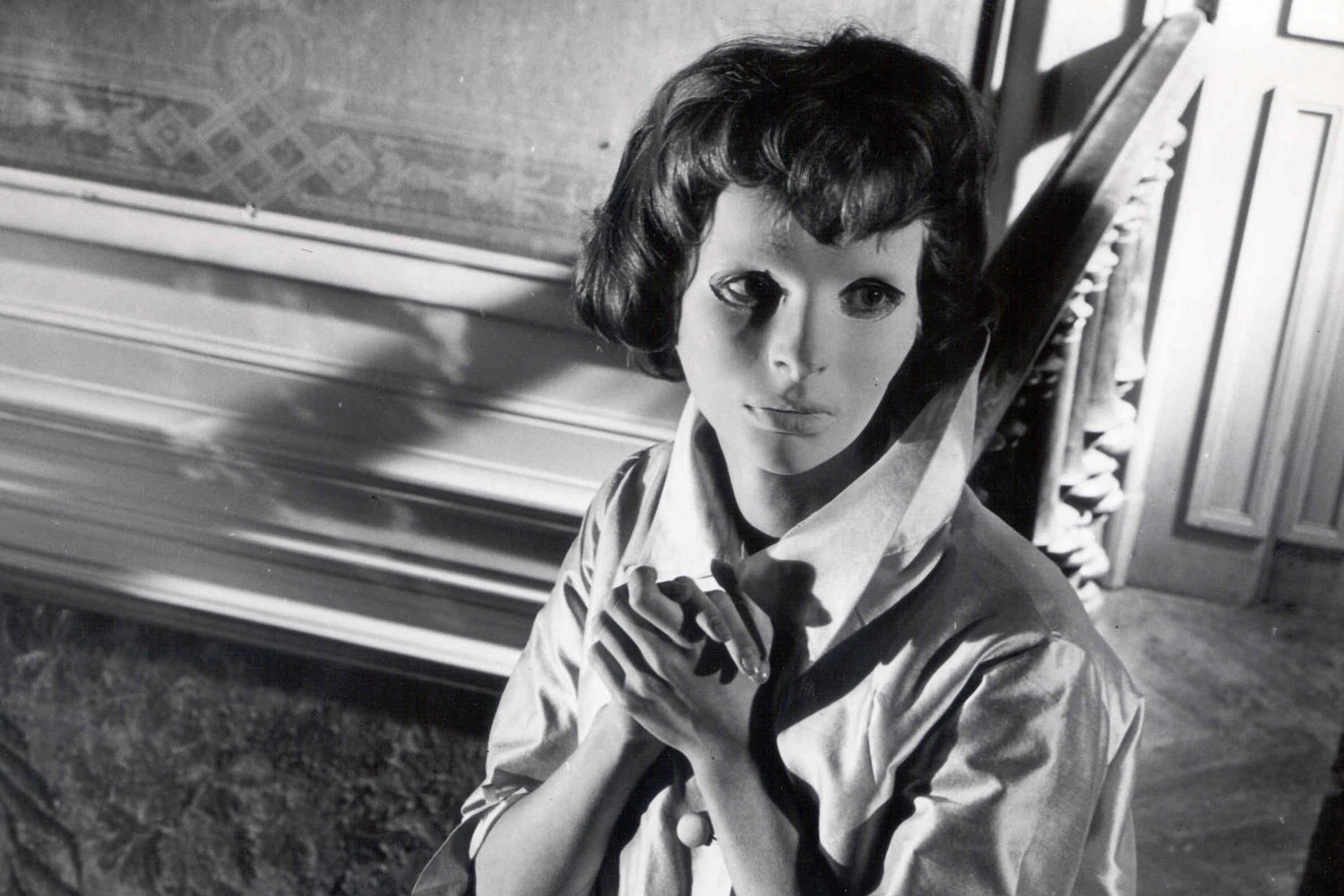
Another French entry on this list, Les Yeux Sans Visage (Eyes Without A Face), is a ghastly tale of guilt and obsession.
The film centers on Dr. Génessier, a father consumed by guilt after he causes an accident that disfigures his daughter, Christiane. The outside world believes Christiane to be dead. Only her father and his assistant Louise know that she is hidden away in their home and forced to wear a mask to hide her scars.
Génessier works obsessively to restore his daughter’s face, but he does so by kidnapping young women who look like Christiane and removing their faces to graft onto his daughter’s.
Les Yeux Sans Visage is another horror film influenced by German Expressionism and has been praised for its haunting style and lyrical tone. There is a grace to the film that makes it otherworldly while rendering the heinous acts depicted even more disturbing.
A mad scientist story told through a poetic lens, Les Yeux Sans Visage is a disturbing but ethereal cinematic experience.
14. The Innocents (1961)
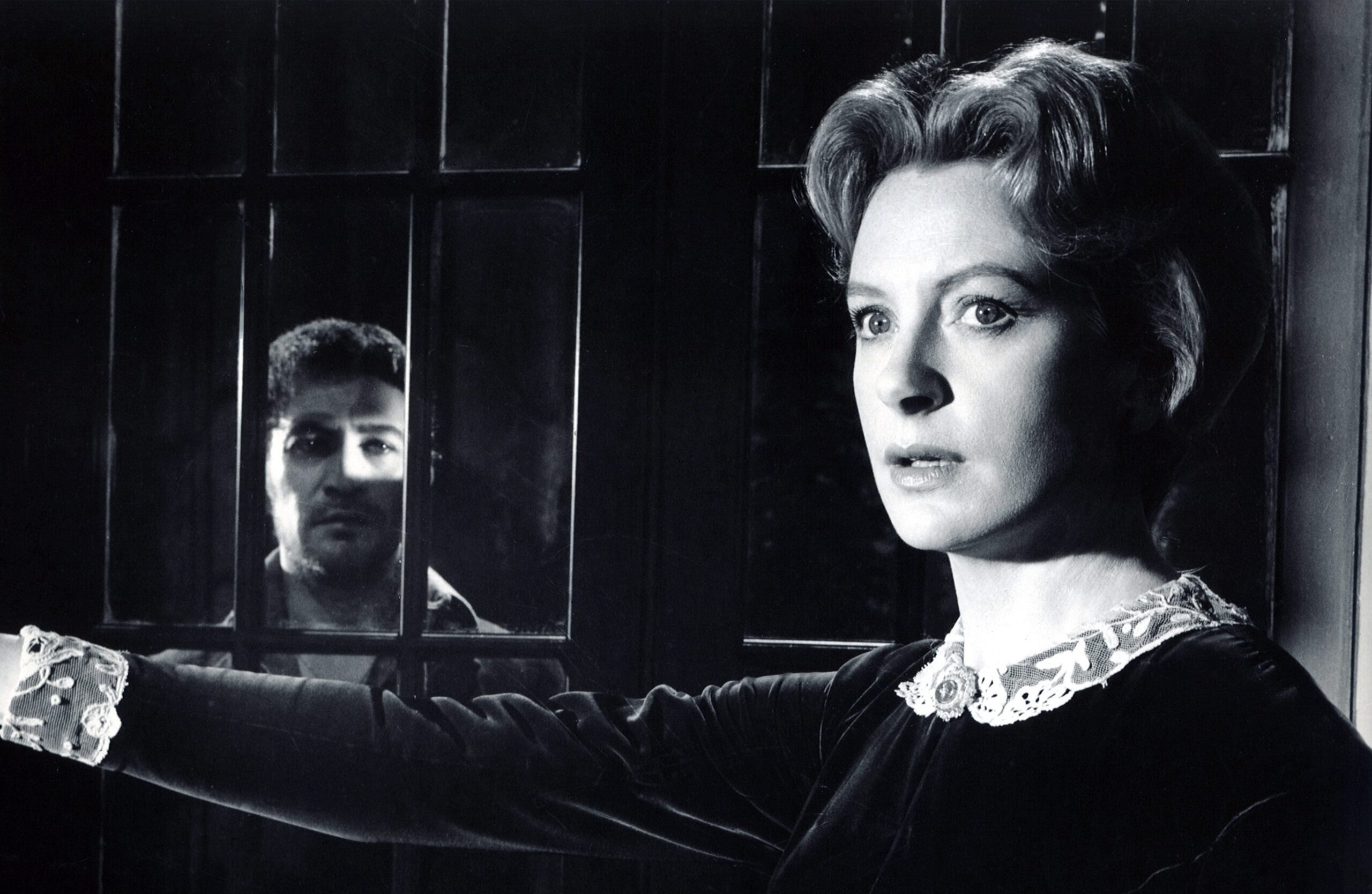
The Innocents stars Deborah Kerr as a governess hired to care for two wealthy orphans by their Uncle and guardian.
After starting her new position, the governess, Miss Giddens, becomes concerned about the children’s odd behavior. She also starts hearing voices in the house. All of which eventually convince her that there are spirits in the house possessing the children and that she must save them.
The film’s deliberate pace slowly builds tension as Miss Giddens pushes deeper and deeper into the supernatural phenomena threatening her charges. It is another moody, atmospheric film that uses lush visuals to amplify the psychological drama at the heart of its story.
One of the most often cited highlights of the film is a stand-out performance from its lead, Deborah Kerr. She plays the role of the fragile Miss Giddens with vulnerability and nuance. Kerr expertly illuminates Miss Gidden’s conflicted inner world, providing the film with its emotional anchor. It is a great performance from one of Hollywood’s great leading ladies.
15. Arsenic and Old Lace (1944)
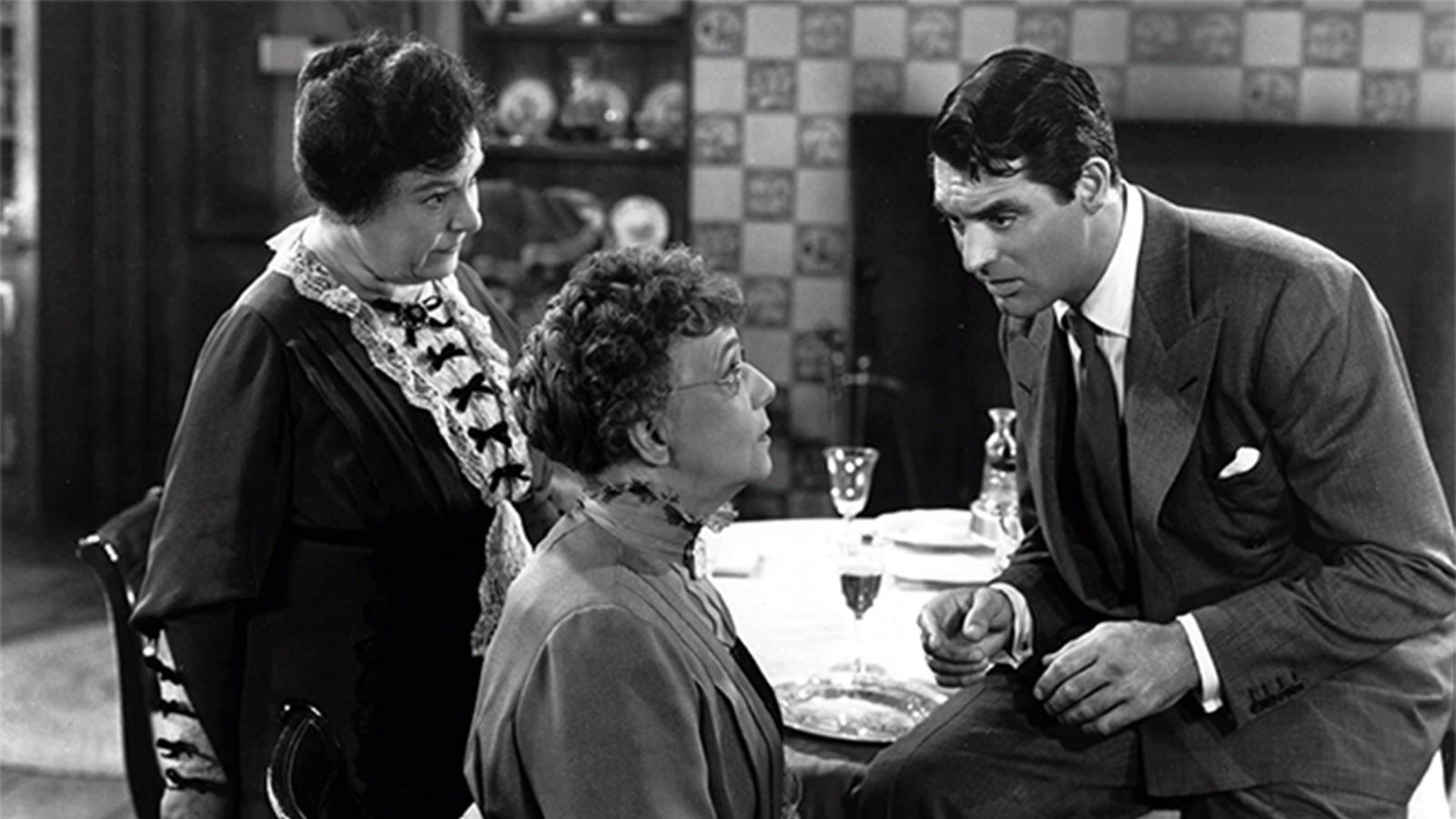
Our last entry is for those who love Halloween but maybe don’t do scary movies. Arsenic and Old Lace is a screwball comedy starring the king of screwball comedies, Cary Grant. In fact, it is one of the screwiest screwball comedies the studio era ever produced.
The film takes place on Halloween. Mortimer Brewster — played by Grant — returns home to tell his aunts that he got married. However, his news is quickly overshadowed when he discovers that the basement of his sweet-as-pie aunts is filled with the bodies of people they poisoned.
Grant wasn’t very fond of his Arsenic and Old Lace performance, believing it too broad. Whatever Grant’s opinions, though, there’s something undeniably charming about his complete bewilderment at the madness around him.
It may be a bit more cartoonish than fans are used to from Grant, but it is perfect for the absurdity of the situation.
Arsenic and Old Lace fits the bill if you are looking for something that captures the Halloween vibe but are in the mood for belly laughs and not jump scares.
—
What are some of your favorite classic movies to watch on Halloween? Let us know in the comments.
![]() Follow us on Twitter and on
Follow us on Twitter and on ![]() Instagram!
Instagram!
![]() Like us on Facebook!
Like us on Facebook!
https://eulaliemagazine.com/749/spike-is-the-hero-in-a-brand-new-buffy-the-vampire-slayer-audible-series/

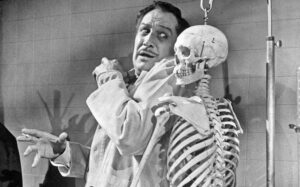
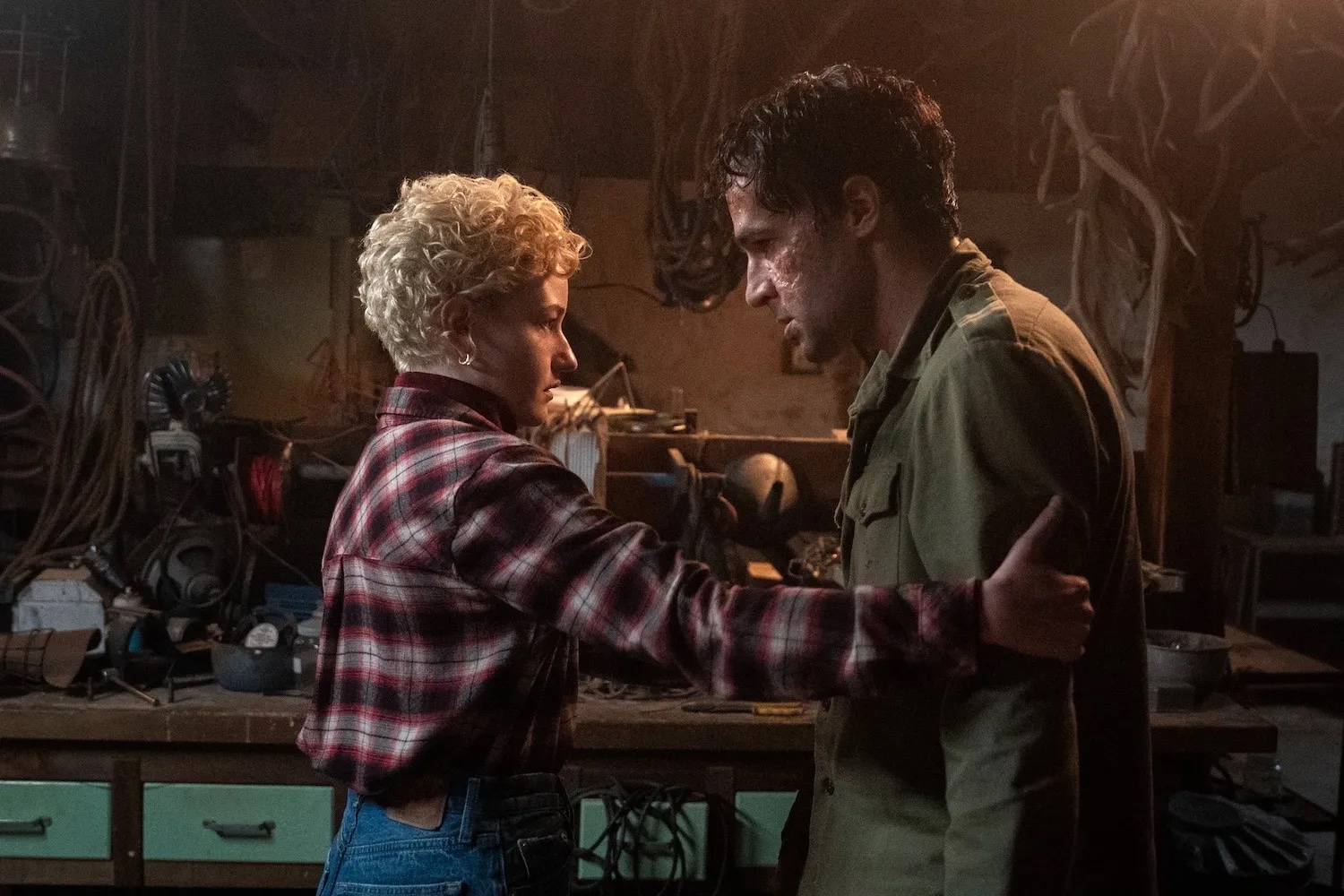

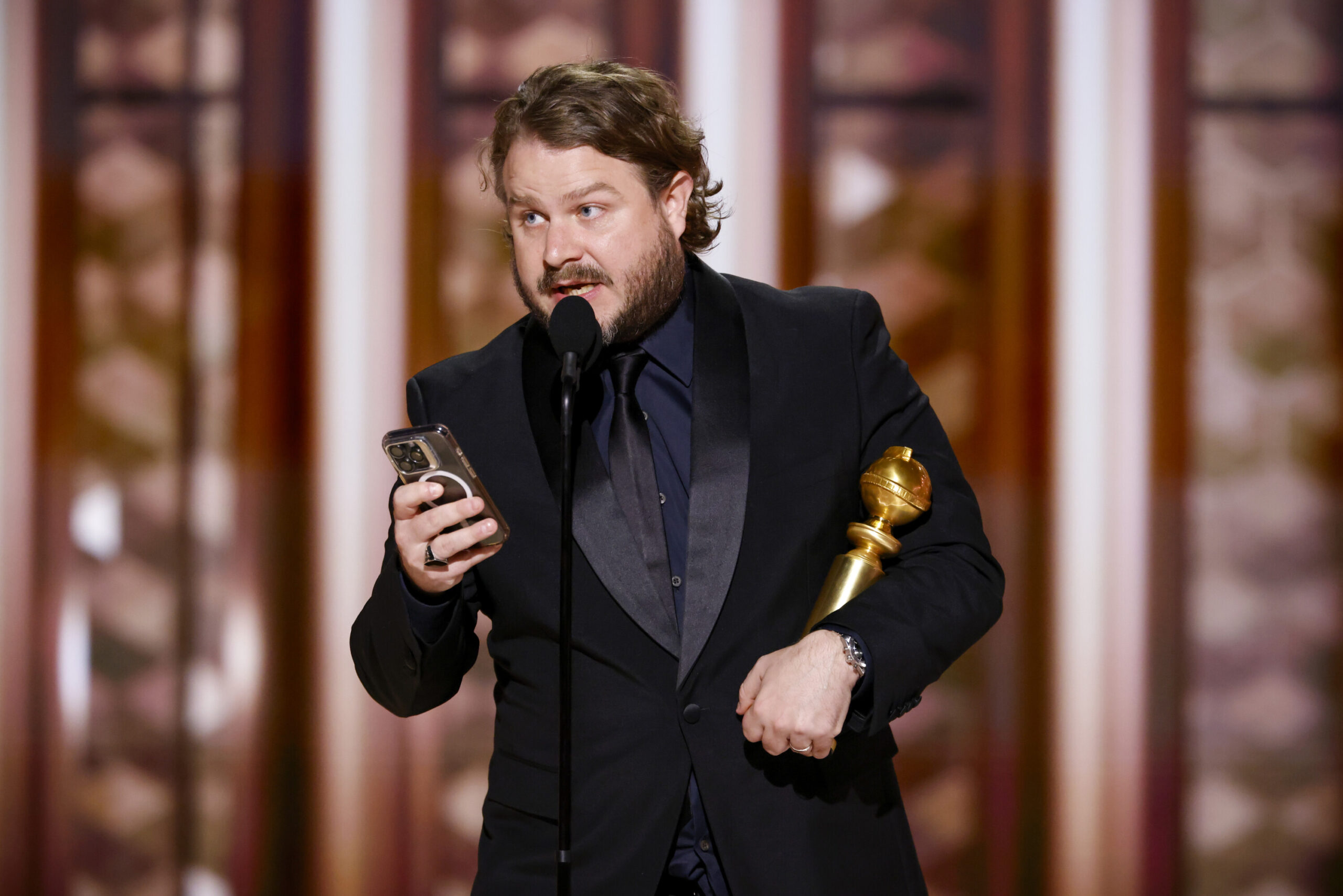
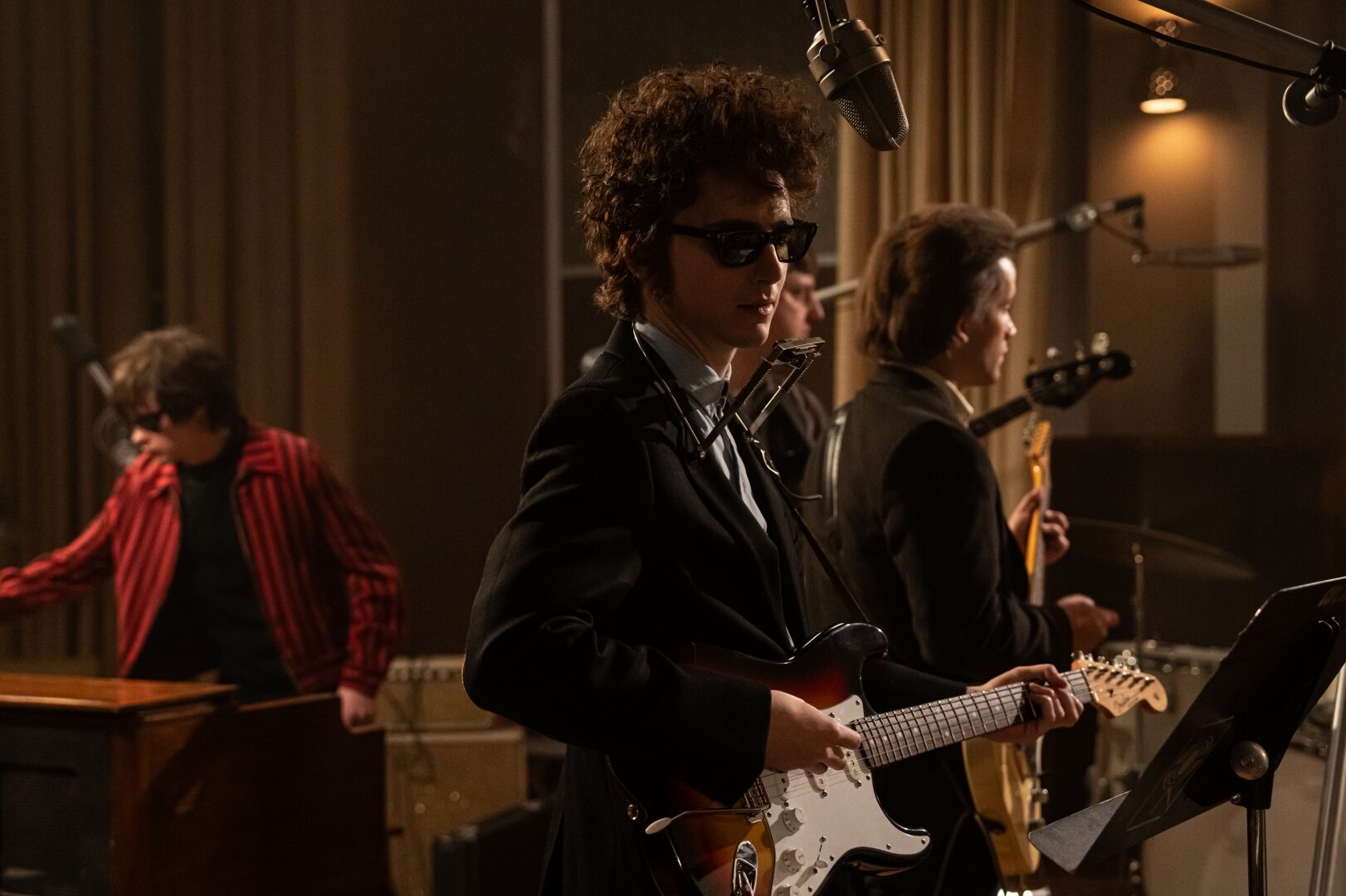
Going through the list, I made a face when I saw “Cat People” because it’s generally the Val Lewton movie that makes “the lists”. Thank you so much for recognizing “The 7th Victim” as it’s my favorite of his films and a permanent fixture in my October (ok, or any time) watch schedule.
THE EXORCIST. 👹
A few movies that I would like to add to the list: “Doctor X” (1932), “Island of Lost Souls” (1932), “Curse of the Demon” (1957), “Burn,Witch,Burn” (1962), “Horror of Dracula” (1958), “Frankenstein Must Be Destroyed” (1969), “Horror Hotel/The City of the Dead” (1960), “I Walked with A Zombie” (1943), “Frankenstein” (1931), “The Wolf Man” (1941), “The Night Stalker” (1972), “The Haunting in Connecticut” (2009), “The Haunting” (1999), “A Nightmare on Elm Street” (1984).
Plus more!
The Spiral Staircase 1946
The mummy 1932 or 1933 with Boris Karloff
The Old Dark House, can’t believe you left it out!